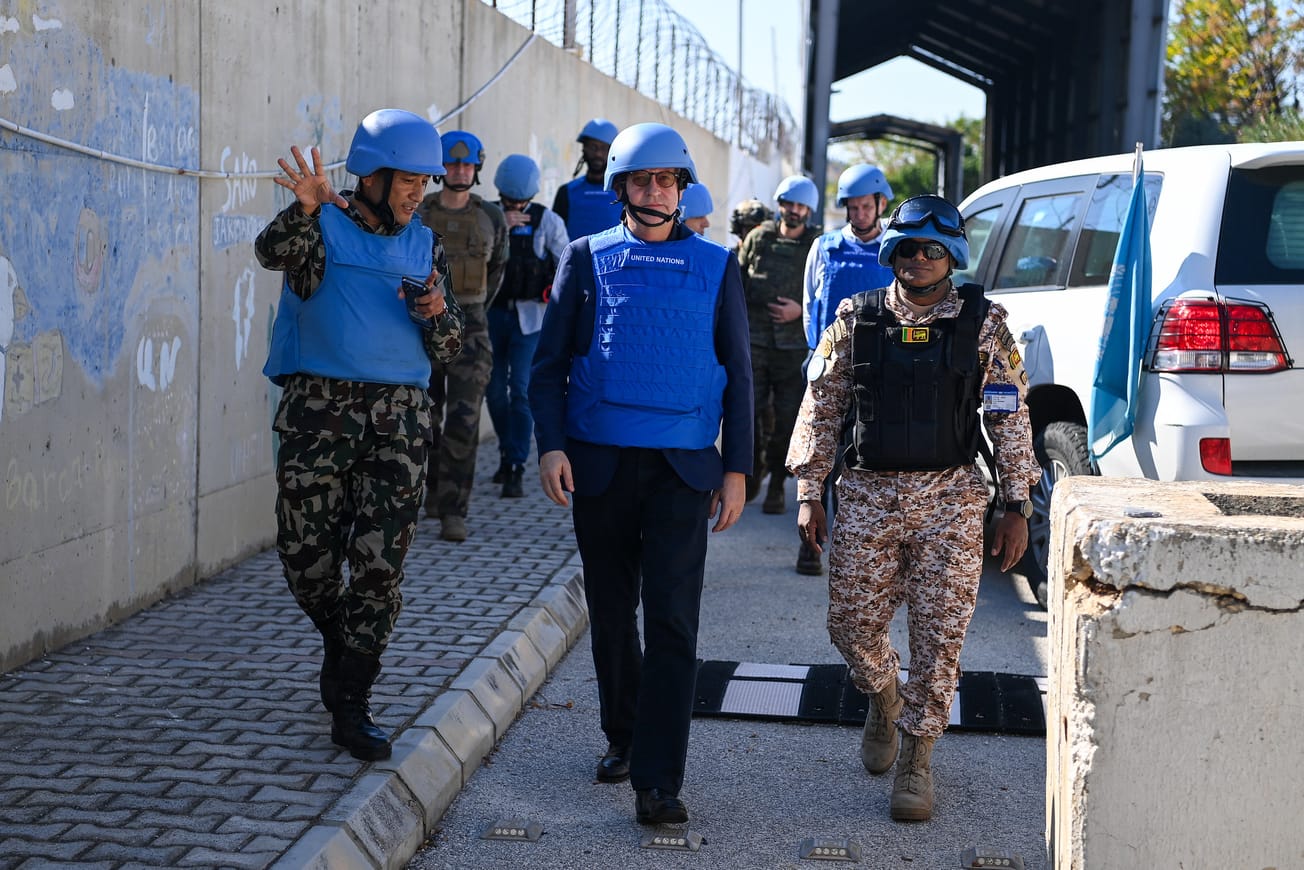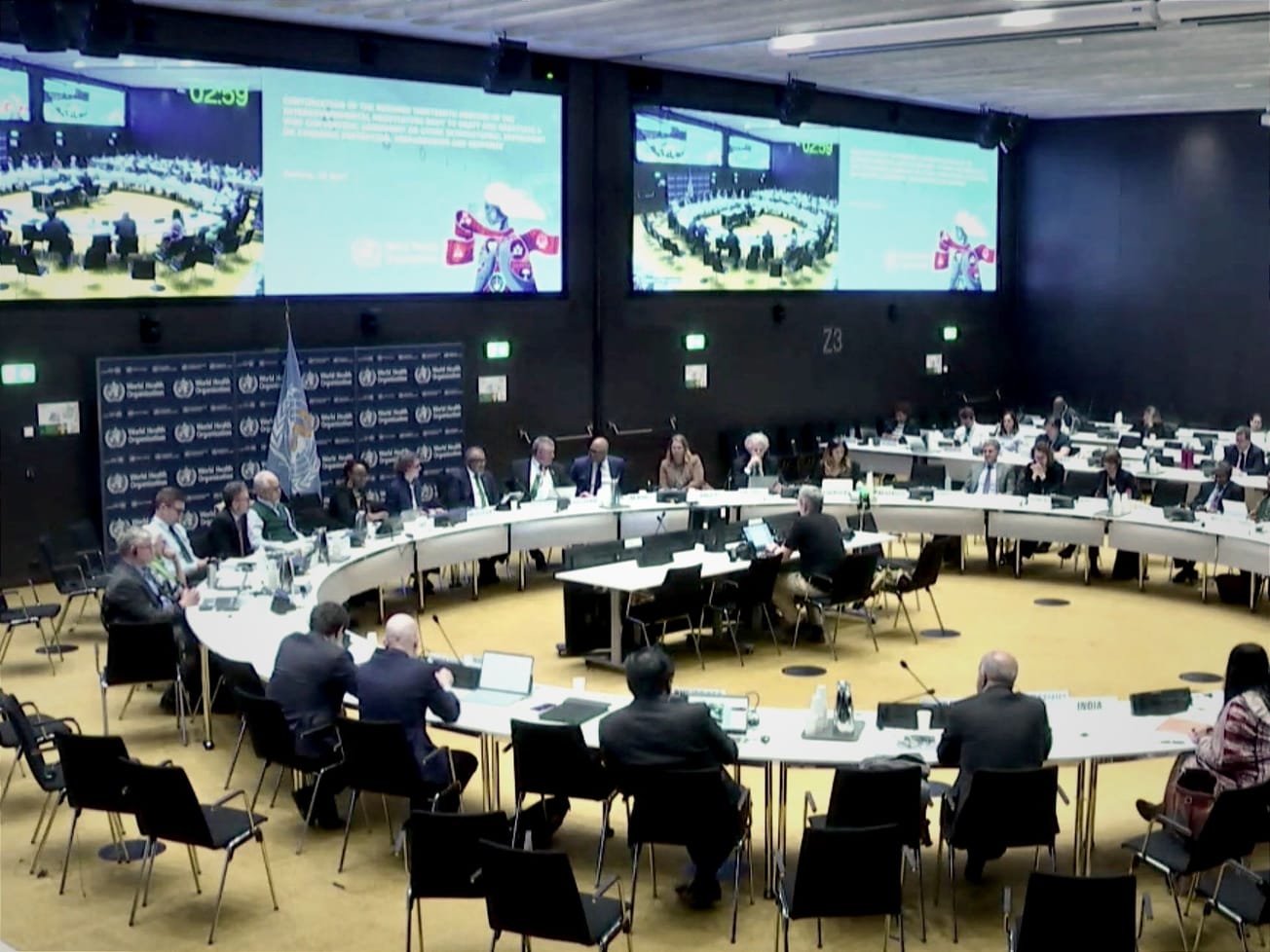Thousands of people returned to southern Lebanon as a ceasefire took effect requiring both Israel and Hezbollah to withdraw from there.
With the U.S.-backed cease-fire deal between Israel and Hezbollah going into effect on Wednesday, Lebanon's army prepared to deploy to the region in coordination with the United Nations Interim Force in Lebanon, or UNIFIL.









